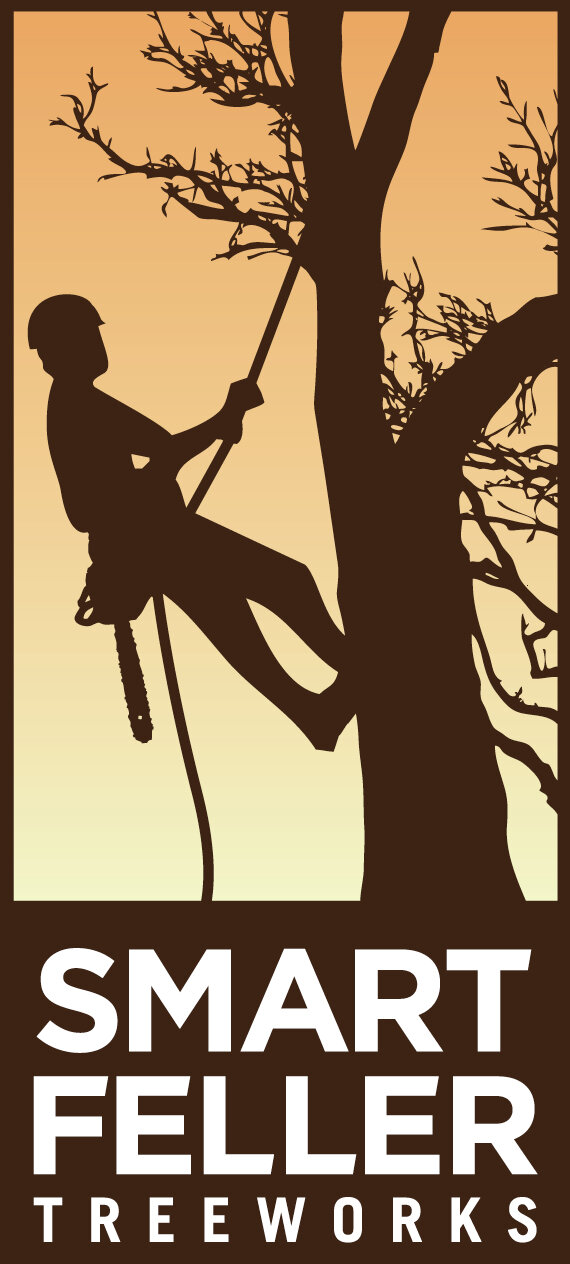Spring Tree Stress Signals
Spring is here and it’s time to take a look at your trees for signs of stress!
▪Tip dieback: are the buds, flowers, or leaves absent from the tip of the highest branches? This means the tree does not have the energy to reach the uppermost portions of the canopy so it limits the distance water and nutrients can travel.
▪Sparse or thin canopy: looking at the flowers or leaves of your mature tree, is every branch covered to its tips, or do you see empty areas? This can be a sign of a tree's lack of energy for new growth, especially if the tree is lacking a significant inner canopy.
▪Late bud break: compare the tree to the same species either in the neighborhood or the forest; if it's budding or flowering later than other trees of the same species this can be a sign of stress.
▪Size, color, density of buds and flowers: pay particular attention to the sizes of the buds -- certain species should have big honking buds, like Beeches or Red Maples! Compare the color of flowers or catkins to other trees -- are they paler? Fewer in number? Smaller? Your tree may be stressed.
Notice any of the above? We are here to answer your tree questions and concerns by phone, text, or video chat. We're at (828) 545-5503.
Aerial Rescue Training

If an injurious accident were to occur to an arborist while aloft in a tree, they would be considered fortunate to not also fall to the ground. Then again, another set of obstacles arise from the need to get that person to the ground safely. If 911 is called, the fire department is likely to call on a local arborist to come to the rescue. So the rescue of this individual really falls into our own hands from the very beginning. WHICH is why we prepare our selves on every climb to perform the safest and most swift rescue of arborist aloft WHILE making every choice that will lead us as farthest away from any margin of risk.

As with any first responder scene, we first make sure it is safe for the rescuer to get involved. If there was contact with an electrical wire, we can not make contact with the climber, their rope, or with the tree, until we can be absolutely sure the power is off. Two injuries or deaths IS worse than one, even though we can all acknowledge how challenging it is to not do SOMETHING while a comrade is in grave danger. If we are able to quickly reach them there may be preventative measures to help them with while still in the tree, such as situating a blood stopping bandage.


The gear we are using and carrying on us provides many options for safely guiding another climber to the ground. However the important part is being comfortable to use this gear for a rescue, something we hope to never have to do in real time. Yet we still need to be able to react effectively in these ways regardless. Thus the need for regular practice days.

We had a total of 9 ropes in this stunning oak tree for this training session and got cozy up there with all this stunning tree's canopy had to offer!

On our actual job sites we set an extra life support line so a support person can instantly climb should the climber aloft need quick aid. We take our time setting these up prior to beginning the work to be sure we are set up for the best possible outcomes even in the worse case scenarios.



